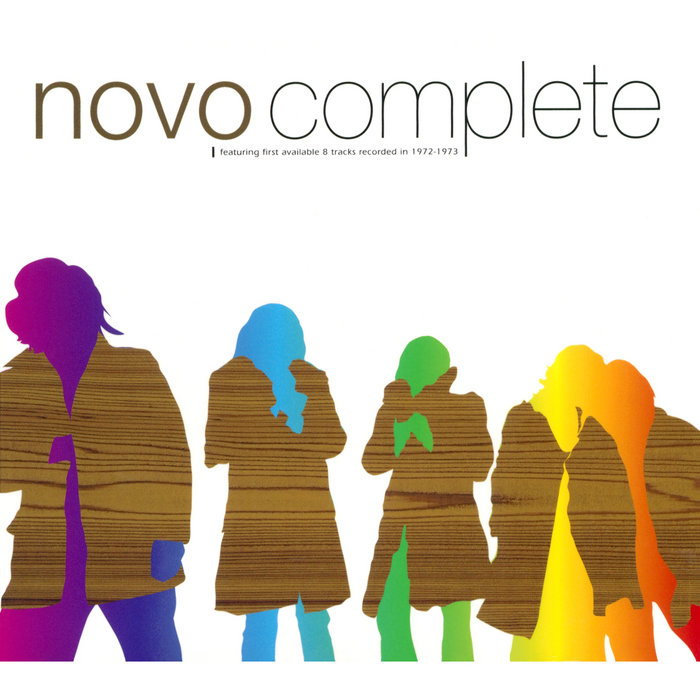
That's The Way I've Always Heard It Should Be – Novo
this blog is GROOVY – check out great Soul, Funk, Jazz, Hip Hop, Bass, Breaks , Reggae, House n many more TUNES
Wamono, a term that literally translates to “Japanese things,” has taken on a much wider meaning in the music world. It refers to a unique blend of Japanese music, particularly traditional styles like enka, minyo, and kabuki, with Western influences like rock, pop, and electronic music. This fusion has given birth to a vibrant and eclectic scene, bursting with playful experimentation and a distinct, captivating groove.
The roots of Wamono can be traced back to the Edo period (1603-1868), when traditional Japanese music began to encounter Western influences through trade and cultural exchange. This early exposure to Western instruments and melodies set the stage for a future where East and West would creatively collide.
Fast forward to the 1960s and 70s – the “golden age” of Japanese rock and pop music. Bands like The Tigers and The Spiders incorporated elements of traditional music, particularly folk melodies and rhythmic patterns, into their sound. This era also saw the rise of enka, a popular genre that drew from both traditional and Western styles, solidifying the foundation for the eclectic Wamono sound to come.
The 1980s and 90s witnessed the arrival of the “City Pop” movement, a vibrant blend of sophisticated jazz, funk, and pop that borrowed heavily from Western influences. Artists like Tatsuro Yamashita and Mariya Takeuchi created iconic tracks that still resonate with audiences today. This era further paved the way for Wamono’s evolution, showcasing the ability of Japanese music to seamlessly blend with Western genres.
In the 21st century, Wamono has truly come into its own. Artists like Nujabes, Kyoto Jazz Massive, and Cornelius have popularized a modern, genre-bending sound, blending traditional Japanese instruments with electronic beats and hip-hop sensibilities. The vibrant Shibuya-kei movement, with its emphasis on melody and sonic experimentation, further solidified Wamono’s diverse identity.
Wamono is more than just a musical movement; it’s a celebration of creativity and humor.
Enka’s “Crying Voice”: Enka is known for its sentimental lyrics and powerful vocals, often delivered in a dramatic and emotionally charged “crying voice.” This style, while powerful, can be quite comical when taken out of context!
The “Kabuki” of Rock: Some Wamono artists have incorporated elements of kabuki (Japanese traditional theater) into their performances, including elaborate costumes and theatrical makeup. Imagine a rock band in full kabuki regalia, complete with painted faces and elaborate hairstyles!
The “Funk” of Minyo: Minyo, traditional Japanese folk music, has been given a modern twist by artists incorporating funky rhythms and electronic beats. This surprising pairing has created a unique and hilarious sound, blending the traditional with the contemporary.
“The Japanese Beatles”: The Tigers, a popular Japanese rock band from the 1960s, were dubbed “The Japanese Beatles” due to their immense popularity and influence. However, their music often featured traditional Japanese instruments and melodies, a unique twist on the British Invasion sound.
Wamono continues to evolve, with new artists constantly pushing the boundaries of the genre. The future looks bright for this unique musical movement, as more and more musicians embrace its playful spirit and boundless creative potential. Whether it’s blending traditional instruments with modern electronic beats or incorporating kabuki theatrics into a rock concert, Wamono continues to surprise and delight audiences with its quirky blend of East and West, making it a truly groovy and exciting musical experience.

That's The Way I've Always Heard It Should Be – Novo
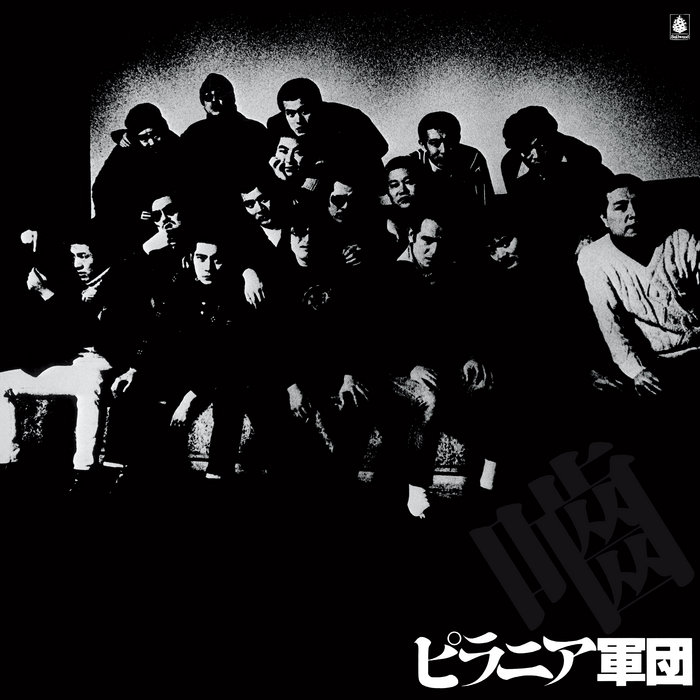
Warui To Omotte Imasu – Piranha Gundan
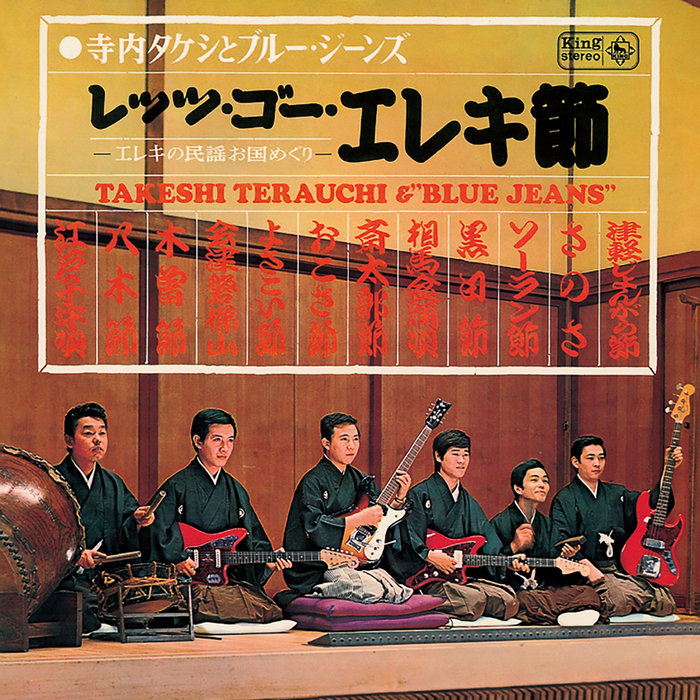
Tsugaru Jongara Bushi – Takeshi Terauchi & Blue Jeans
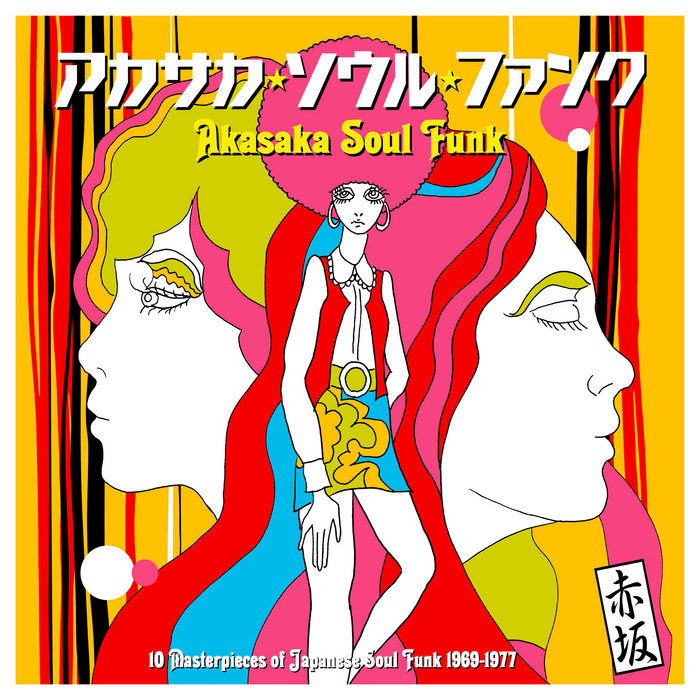
Anata Ga Inakute Mo – Mieko Hirota

Tonpei Hidari – Tonpei No Hey You Blues – Wamono series

Isohama Bon-Uta – Kiyoshi Yamaya, Toshiko Yonekawa
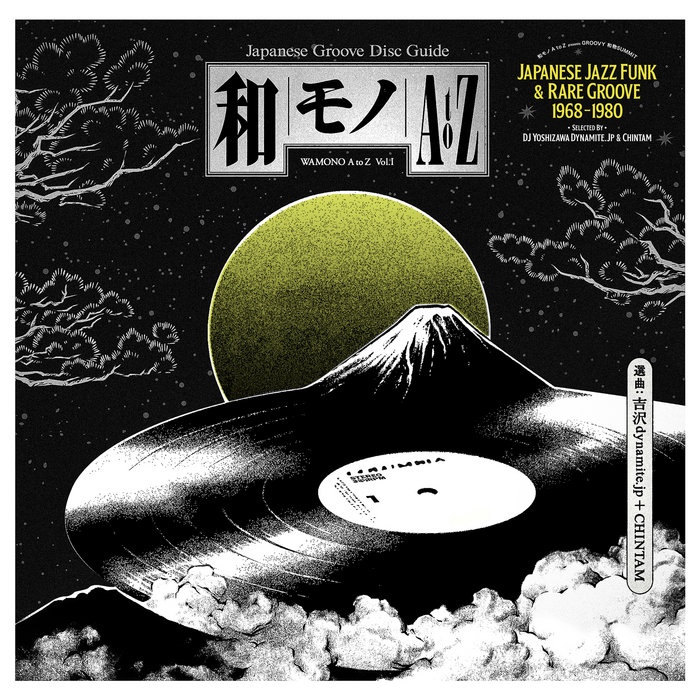
WAMONO A to Z Vol. I – Japanese Jazz Funk & Rare Groove 1968-1980 (Selected by DJ Yoshizawa Dynamite & Chintam) – Wamono series